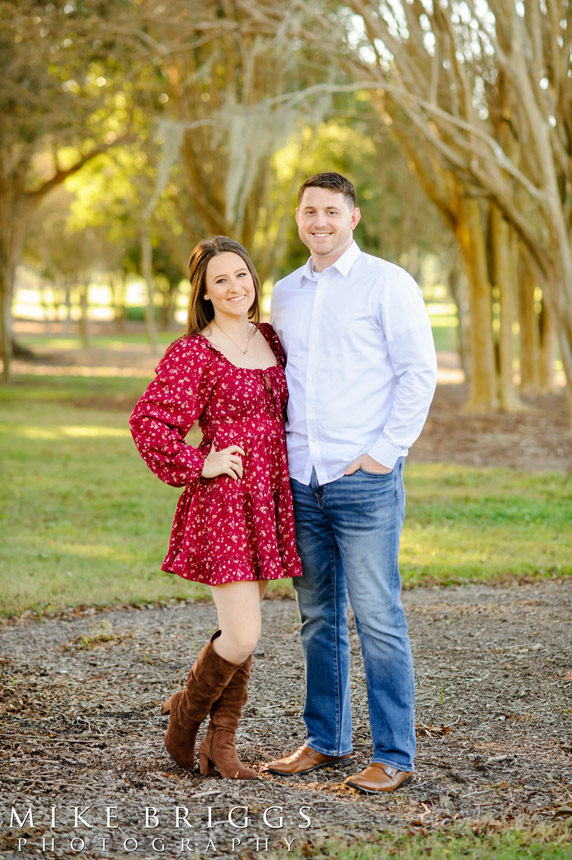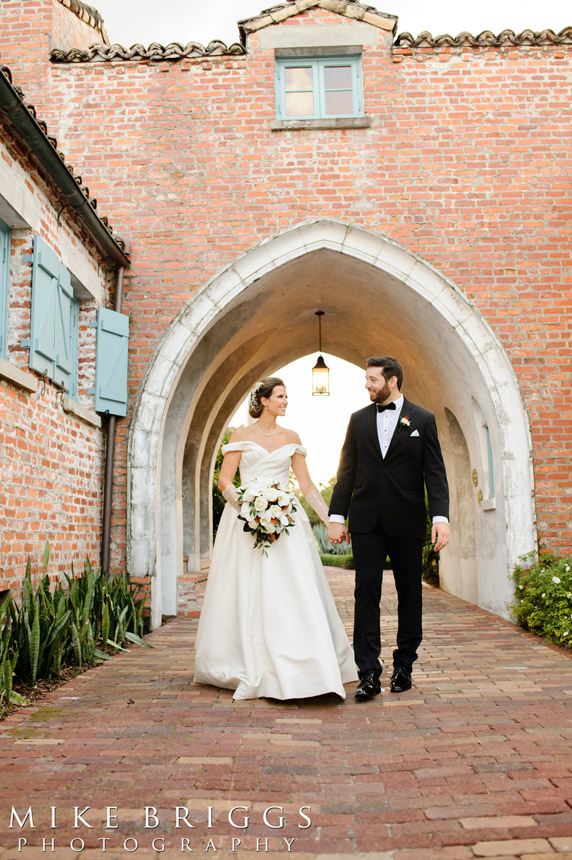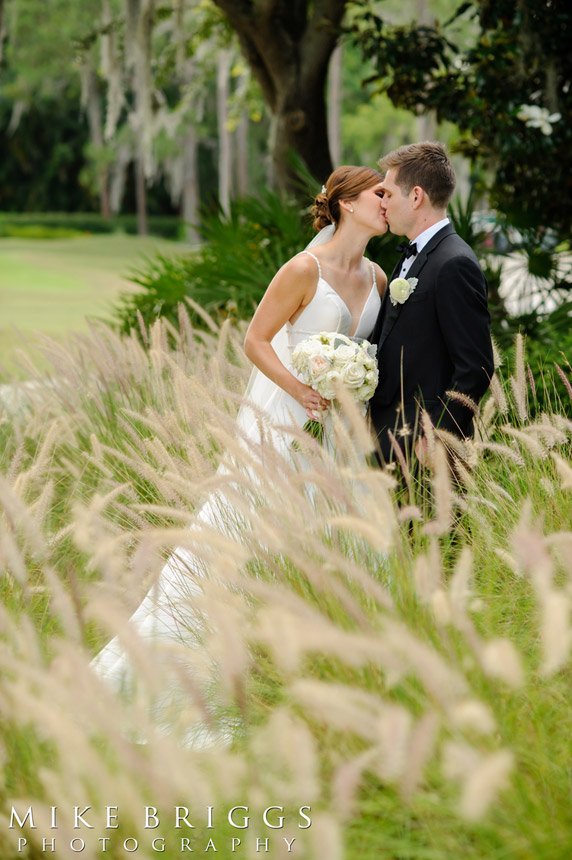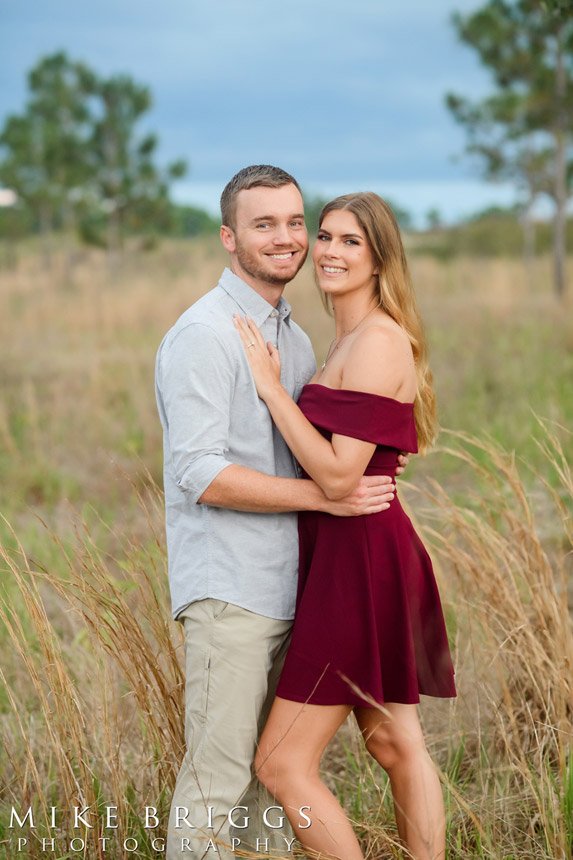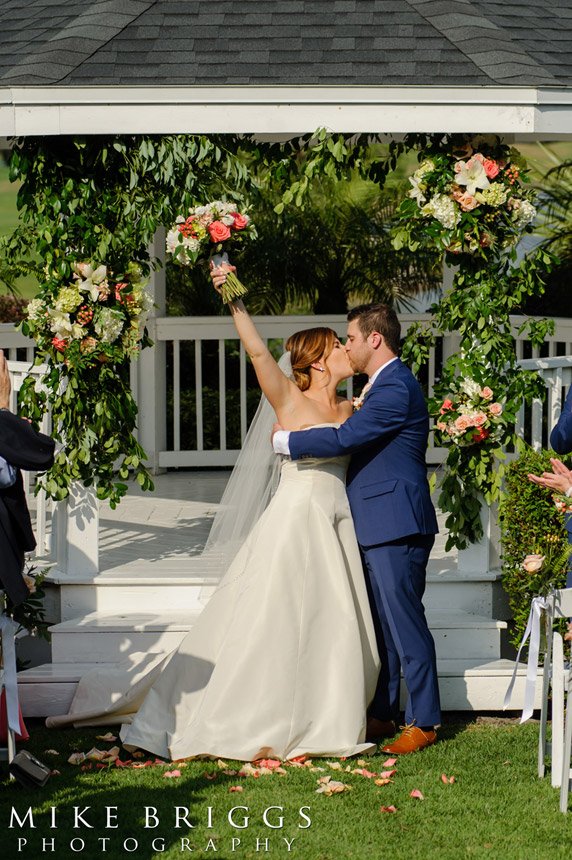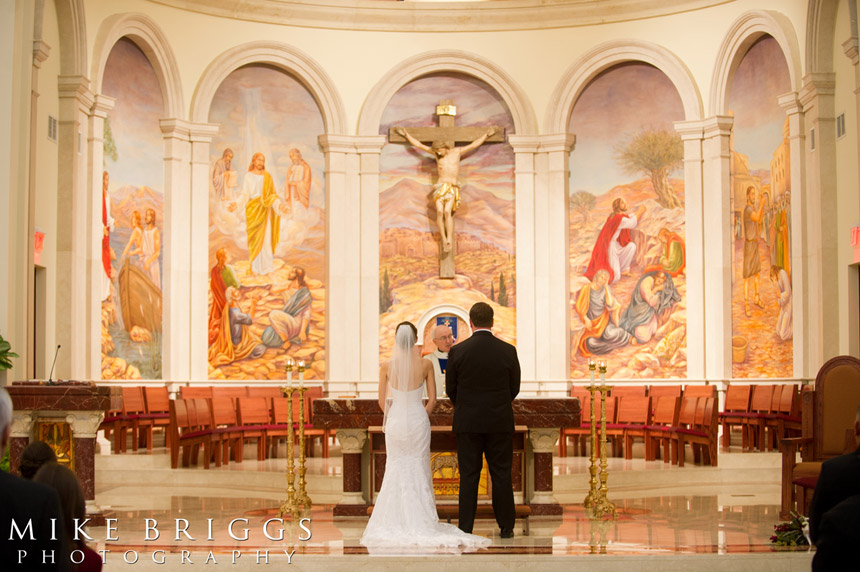
Mexican Wedding Traditions: A Beautiful Blend of Culture and Love
When planning a wedding, couples often seek ways to make their ceremony both meaningful and memorable. For couples who embrace Mexican heritage, incorporating Mexican wedding traditions can transform their special day into something deeply rooted in love, family, and celebration. Let’s explore the beautiful elements that define traditional Mexican weddings, from the symbolic rituals to the lively dances and delicious food. Whether you’re looking to honor your culture or planning a wedding with a Mexican flair, these traditions will add unique meaning to your big day.
What is the Tradition for a Mexican Wedding?
A traditional Mexican wedding is deeply intertwined with Catholicism, community, and family. At its core, the ceremony is about two families coming together to support the union of the bride and groom. Key elements of the Catholic faith, such as the “Lazo” (a lasso that symbolizes unity), the arras (gold coins), and blessings from loved ones, are central to the ceremony.
Couples often start with a Catholic Mass, which includes readings, prayers, and blessings. During the Mass, the Lazo, usually a rosary or a floral garland, is placed around the bride and groom to symbolize their everlasting union. The groom presents the bride with arras, 13 gold coins that represent his commitment to support and care for her. These coins also represent Jesus and his apostles, a reminder of faith within the marriage.
Traditionally, weddings in Mexico are also community events, often involving entire villages or large groups of friends and family who participate in the festivities. The celebrations continue well into the night with food, music, and dance.
What is the Funny Tradition at Mexican Weddings?
One of the most joyful and entertaining traditions at Mexican weddings is La Vibora de la Mar (The Sea Snake Dance). In this playful tradition, the bride and groom stand on chairs while holding hands and guests line up to form a human snake. The guests then rush under the bridge created by the couple, symbolizing the couple’s strength in facing future challenges. This fun tradition often results in laughter and excitement as the line of guests speeds up and dances with fervor, symbolizing the couple’s resilience against the ups and downs of marriage.
Which Family Pays for a Mexican Wedding?
Traditionally, it is the bride’s family that bears most of the expenses of a Mexican wedding. However, in many modern Mexican weddings, the costs are shared between both families or even covered by the couple themselves. Padrinos (godparents) also play a significant role in helping with the financial aspects. These special family members or friends are chosen to sponsor different elements of the wedding, such as the rings, the ceremony, or even the venue. Padrinos are considered honored guests and often present the bride and groom with additional blessings or symbolic gifts during the ceremony.
What is the Traditional Gift for Mexican Weddings?
Gifting traditions at Mexican weddings often revolve around items that will help the newlyweds in their new life together. Household items such as kitchenware, home décor, and appliances are common gifts. These practical gifts are given to help the couple build their home and future.
Another traditional gift is monetary. Many couples include a money dance at their reception, where guests pin money to the bride and groom’s attire in exchange for a dance. This money is a symbolic gesture of financial support for the couple’s journey together.
Who Walks the Bride Down the Aisle in a Mexican Wedding?
In traditional Mexican weddings, it is customary for both parents to walk the bride down the aisle. This symbolizes the strong family ties and support from both sides. In some cases, the bride may also be escorted by her padrinos, or godparents, as a way to honor their role in her life and marriage. This beautiful moment serves as a reminder of the importance of family in Mexican culture.
What Do Guests Wear to a Traditional Mexican Wedding?
Guests attending a traditional Mexican wedding are encouraged to wear festive and colorful attire. For men, a Mexican wedding shirt, also known as a guayabera, is a popular choice. This lightweight, embroidered shirt is both stylish and comfortable, making it perfect for a wedding, especially in warmer climates.
Women typically wear elegant dresses that reflect the vibrancy of Mexican culture. Bright colors, floral patterns, and intricate embroidery are common in traditional attire. However, it’s important to be respectful of the occasion—women should avoid wearing white, as this color is reserved for the bride.
What is the Groom’s Family Supposed to Pay for?
In many traditional Mexican weddings, the groom’s family is expected to contribute financially toward specific aspects of the wedding. This can include the reception costs, such as food, drinks, and entertainment. In some cases, the groom’s family also provides the arras (wedding coins) that the groom presents to the bride during the ceremony. It’s not uncommon for the expenses to be divided in modern weddings, with both families contributing to different aspects of the event.
What Does the Lasso Mean in a Mexican Wedding?
The lasso, or lazo, is one of the most symbolic elements of a Mexican wedding ceremony. This large rosary or floral garland is placed around the bride and groom’s shoulders, binding them together in unity. The lasso represents the couple’s eternal bond and the spiritual connection they share as they embark on their marriage journey. It’s typically placed on the couple during the nuptial blessing, after which it is worn for the remainder of the ceremony.
Traditional Mexican Wedding Dress and Attire
A traditional Mexican wedding dress is often a blend of classic elegance and cultural heritage. Brides may choose to wear a white gown that incorporates lace, embroidery, and vibrant colors, reflecting the rich artistry of Mexican design. Some dresses are influenced by the Tehuana style, with floral accents and intricate patterns.
Grooms, on the other hand, may opt for a charro suit, especially in more traditional or rural weddings. This traditional suit, adorned with silver details and wide-brimmed hats, embodies the spirit of Mexican culture and adds a regal touch to the groom’s appearance.
Modern grooms may also choose the Mexican wedding shirt, or guayabera, as it is more casual yet still respectful of tradition. These shirts are popular for outdoor weddings due to their lightweight and breathable fabric.
Mexican Wedding Rings and Jewelry
Rings are an essential part of Mexican wedding traditions. In addition to the exchange of wedding bands, the arras (gold coins) symbolize the groom’s commitment to provide for his bride. These coins are typically blessed by the priest before being handed over, adding a religious significance to the exchange.
Jewelry worn by the bride is often kept simple and elegant, with many brides choosing pieces that complement the elaborate details of their gown. In some cases, family heirlooms are passed down to the bride, symbolizing the continuity of love and tradition within the family.
Mexican Wedding Food: A Culinary Celebration
Food plays a central role in Mexican weddings, and it’s common for the reception to include a feast filled with traditional Mexican dishes. Guests might enjoy savory treats like tamales, enchiladas, and pozole (a rich soup made from hominy and pork). In some regions, Mexican wedding soup, a flavorful chicken or beef broth with rice and vegetables, is served as part of the meal.
For dessert, Mexican wedding cakes—rich, multi-layered cakes filled with fruit or cream—are a staple. Additionally, Mexican wedding cookies, also known as polvorones or snowball cookies, are served. These buttery, powdered sugar-covered cookies melt in your mouth and are often baked according to family recipes passed down through generations. For couples interested in making these treats at home, a simple Mexican wedding cookies recipe typically includes flour, butter, sugar, and nuts.
Mexican Wedding Traditions Dance: The Joy of Movement
Dance is an essential part of the Mexican wedding celebration. After the couple’s first dance, guests are invited to join in on the fun with lively music such as mariachi or banda. A highlight of the evening is the money dance, where guests pin money onto the bride and groom’s clothes in exchange for a dance. This tradition is not only fun but also serves as a way to offer financial support to the couple.
Another popular dance is El Jarabe Tapatío, the Mexican hat dance, which adds to the vibrant and joyous atmosphere of the wedding reception.
Mexican Wedding Traditions and Wedding Photography
If you’re planning a Mexican-inspired wedding in Orlando, FL, capturing these beautiful traditions is essential. From the vibrant colors of the traditional Mexican wedding dress to the emotional exchange of the arras and lasso, these moments tell a story that’s rich with culture and love. As a wedding photographer, I take pride in preserving these once-in-a-lifetime memories through the lens, ensuring every detail—from the delicate embroidery on the bride’s gown to the joy of the money dance—is captured in its full glory.
Orlando offers a beautiful backdrop for your special day, with its sunny skies, lush landscapes, and vibrant cultural scene. Whether you’re planning a large celebration with all the classic Mexican traditions or a more intimate event, my goal is to provide you with timeless, artistic photos that you’ll treasure for years to come.
If you’re looking to incorporate Mexican traditions into your wedding or simply want a photographer who understands and respects cultural customs, I would be honored to be part of your journey. Let’s capture the essence of your love story, one beautiful tradition at a time!

